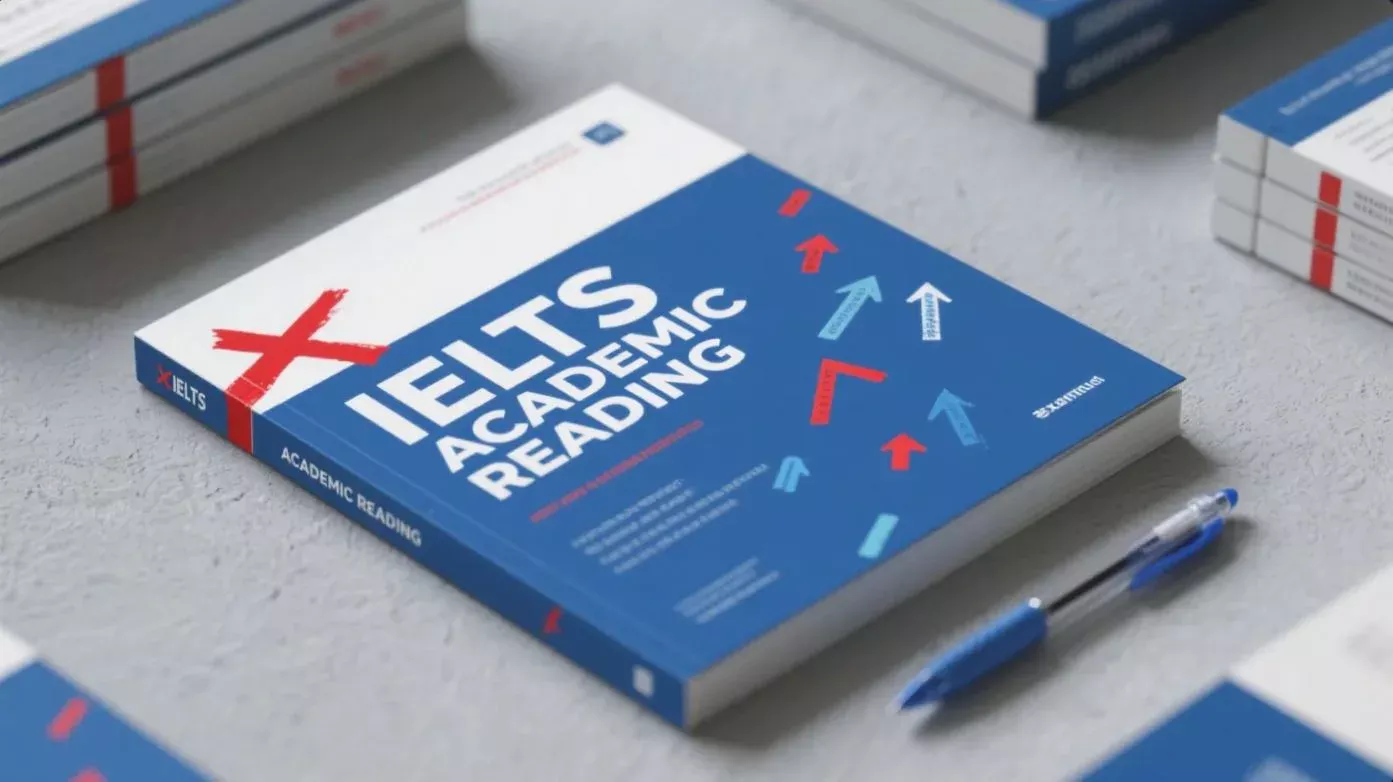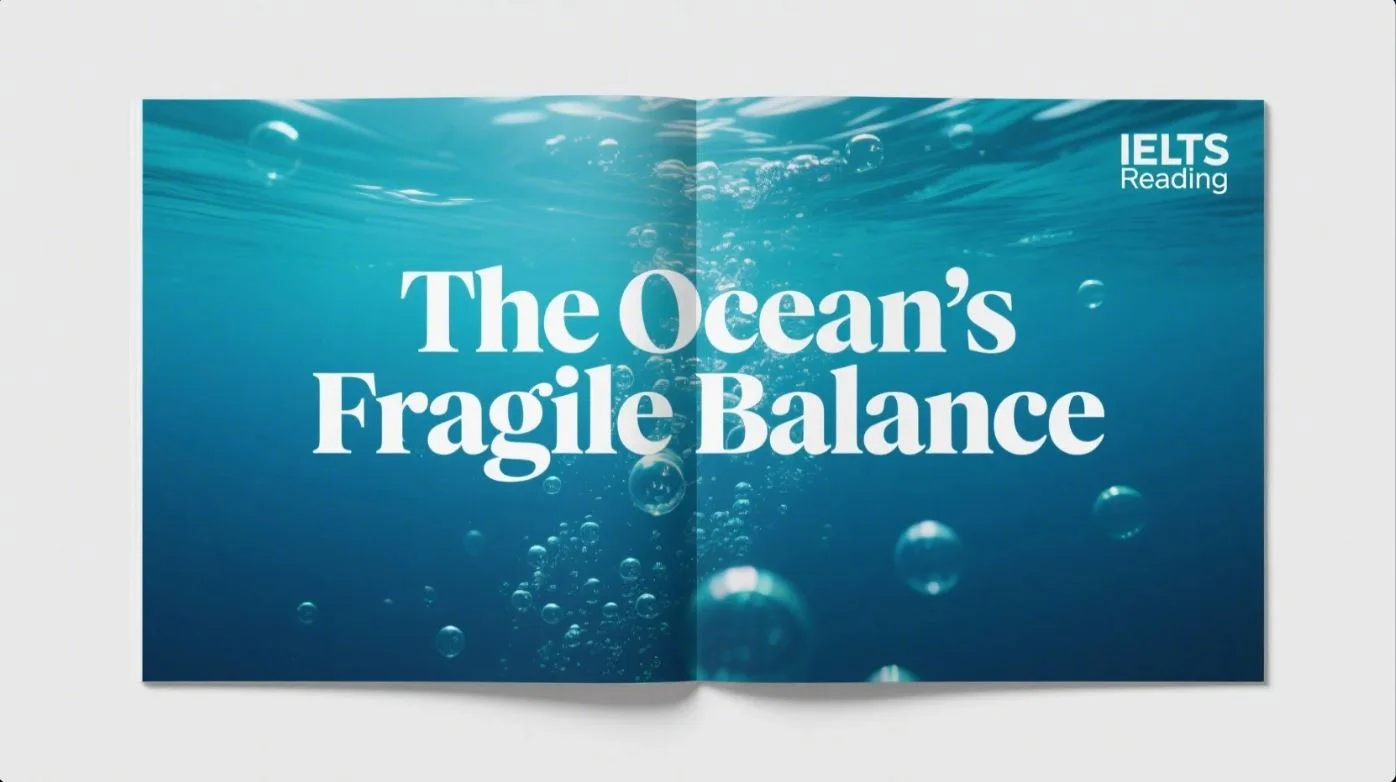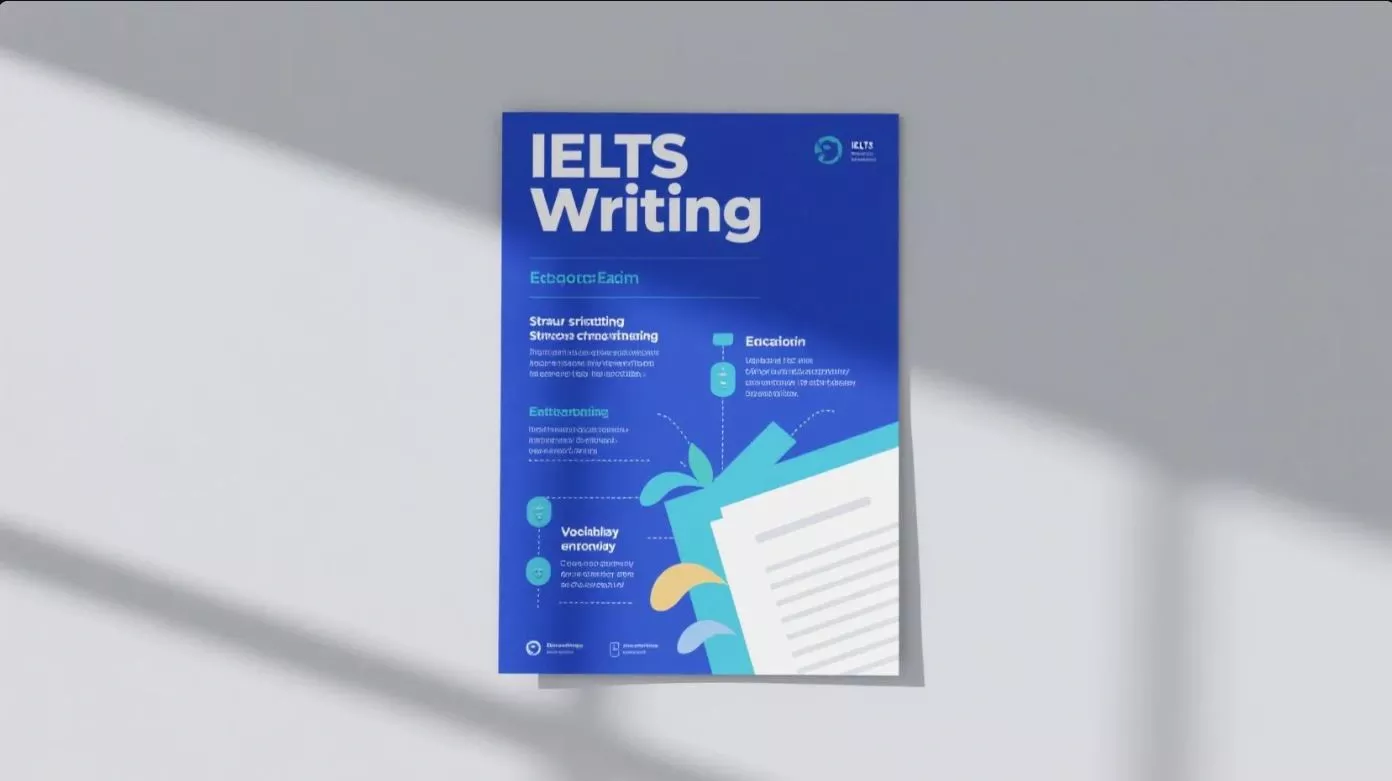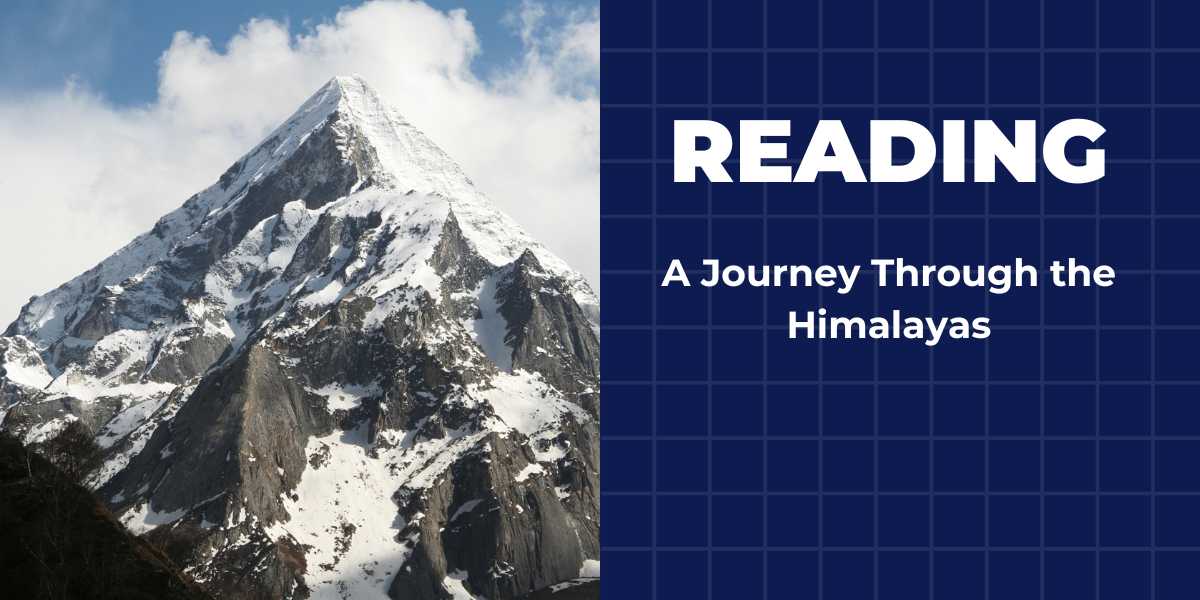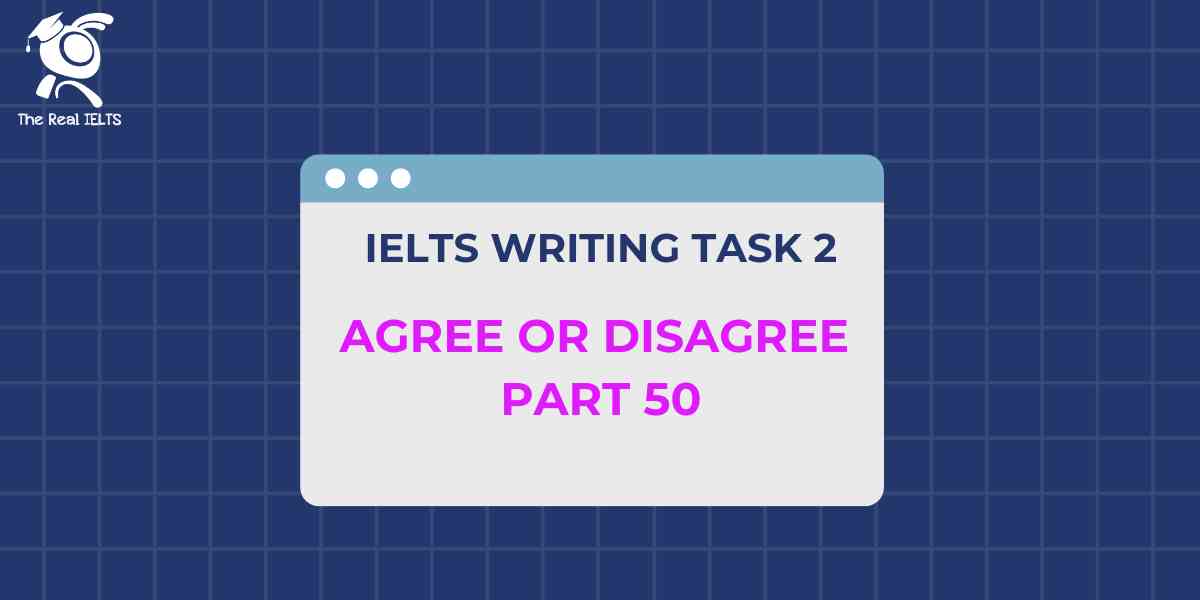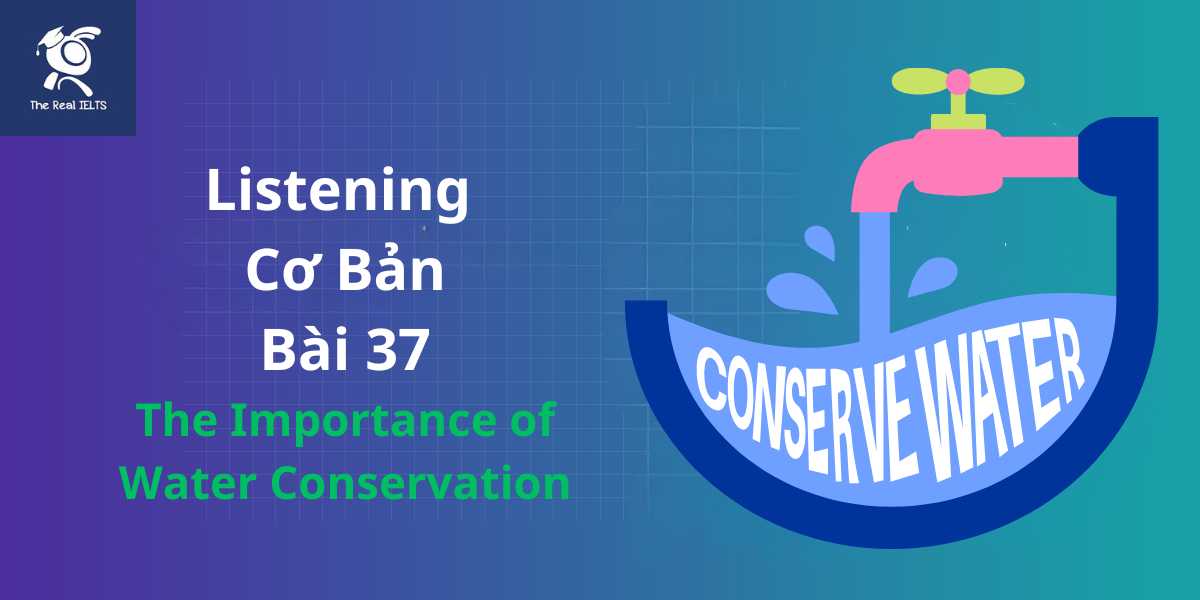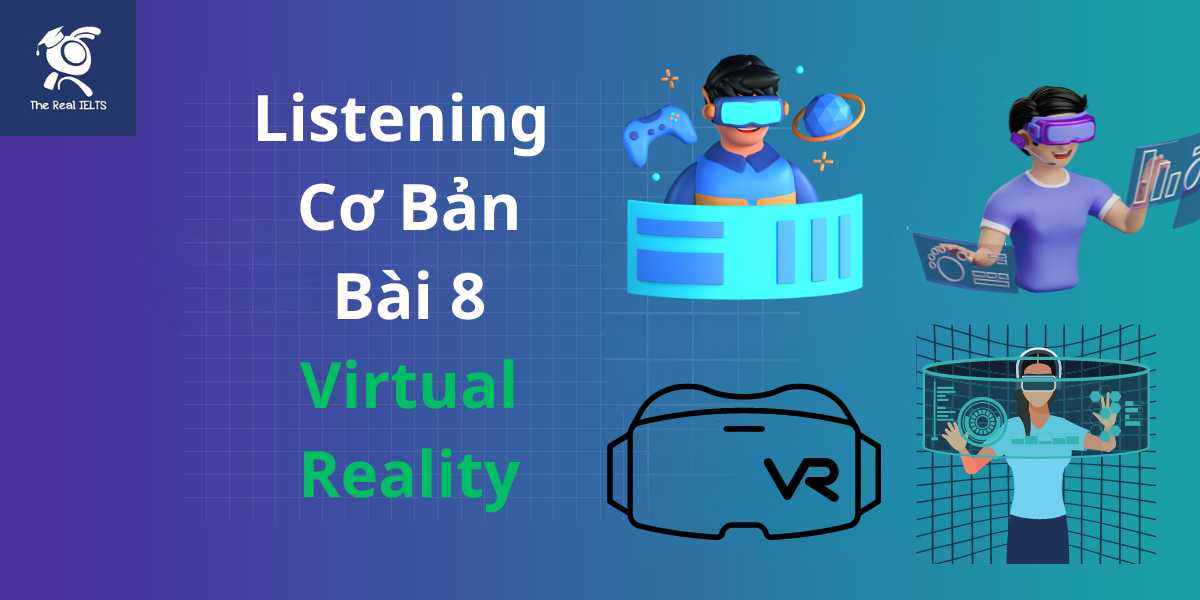Kỹ năng đọc hiểu là chìa khóa để đạt điểm cao trong kỳ thi IELTS, nơi thời gian và độ chính xác được đặt lên hàng đầu. IELTS Reading thách thức thí sinh với các văn bản học thuật đa dạng, yêu cầu khả năng phân tích nhanh, nắm bắt ý chính và xử lý từ vựng chuyên sâu. Để tiến từ band 5 đến 8+, người học cần rèn luyện kỹ thuật skimming, scanning và quản lý thời gian một cách khoa học và hiệu quả.
Đọc thêm: IELTS ACADEMIC READING TEST 6 – BAND 7.0+
PASSAGE 1: THE EVOLUTION OF COFFEE CULTURE
You should spend about 20 minutes on Questions 1–14, which are based on the reading passage below.
Coffee, one of the world’s most consumed beverages, has a rich cultural and economic history. Believed to have originated in Ethiopia, coffee spread through the Arab world before reaching Europe and the Americas.
In 15th-century Yemen, coffee was used by Sufi monks to stay awake during night prayers. By the 17th century, coffee houses, known as qahveh khaneh, became cultural hubs throughout the Ottoman Empire. These venues were often associated with intellectual discussions, music, and poetry.
Europe embraced coffee both as a stimulant and social activity. London’s coffee houses in the 1600s earned the nickname “penny universities” because, for the price of a cup, patrons could engage in lively debates and hear the latest news. These coffee houses played a role in the development of insurance companies, newspapers, and stock exchanges.
In the 20th century, the globalization of coffee was marked by the rise of multinational chains. Brands like Starbucks helped transform coffee into a lifestyle product, emphasizing ambiance, customization, and takeaway culture. However, this commercialization has raised concerns about fair trade, environmental impact, and cultural homogenization.
More recently, the “third wave” coffee movement seeks to return focus to quality, origin, and ethical sourcing. Artisanal cafés emphasize single-origin beans, brewing techniques, and transparency about supply chains.
Coffee culture today reflects a dynamic blend of tradition and innovation, deeply embedded in global economic and social life.
QUESTIONS 1–14
Choose the correct answer A, B, C, or D.
1. Where is coffee believed to have originated?
A. Yemen
B. Turkey
C. Ethiopia
D. India
2. Why did Sufi monks use coffee?
A. To improve digestion
B. To increase energy during prayer
C. For trade
D. To reduce hunger
3. What were qahveh khaneh known for?
A. Serving food only
B. Religious ceremonies
C. Music, poetry, intellectual exchange
D. Legal meetings
4. Why were London coffee houses called “penny universities”?
A. They served cheap food
B. They provided education at low cost
C. They were located near universities
D. Professors taught there full-time
5. What types of institutions grew out of European coffee houses?
A. Hospitals
B. Banks and newspapers
C. Schools and churches
D. Prisons and factories
6. What company exemplified coffee globalization in the 20th century?
A. Dunkin’ Donuts
B. Nespresso
C. Starbucks
D. Lavazza
7. What aspect of coffee was emphasized by global chains?
A. Farming techniques
B. Health benefits
C. Atmosphere and customization
D. Religious use
8. What concern arose from coffee commercialization?
A. Overuse of tea
B. Lack of sugar
C. Fair trade and environmental impact
D. Decrease in demand
9. What does the “third wave” coffee movement focus on?
A. Large-scale production
B. Low pricing
C. Ethical sourcing and quality
D. Instant coffee
10. What is meant by “single-origin beans”?
A. Beans from multiple farms
B. Beans produced synthetically
C. Beans from one specific region or farm
D. Beans with added flavors
11. What do third-wave cafés value besides flavor?
A. Profit margins
B. Celebrity endorsements
C. Transparency in sourcing
D. Fast service
12. What describes the evolution of coffee culture?
A. From luxury to religious use
B. From African to Japanese consumption
C. From tradition to mass commercialization to artisanal revival
D. From tea to coffee conversion
13. What made coffee popular in European societies?
A. Its sweetness
B. Its rarity
C. Its stimulating effect and social function
D. Its low cost
14. The author’s tone in the passage is:
A. Critical and dismissive
B. Informative and appreciative
C. Sarcastic
D. Cynical about globalization
PASSAGE 2: THE PSYCHOLOGY OF DECISION MAKING
You should spend about 20 minutes on Questions 15–28, which are based on the reading passage below.
Every day, humans make thousands of decisions—from what to wear to how to invest. While many choices seem rational, research in psychology and behavioral economics shows that decision-making is often biased and influenced by emotions.
One major concept is “heuristics”—mental shortcuts people use to simplify complex problems. While often helpful, heuristics can lead to systematic errors. For example, the availability heuristic causes individuals to judge the likelihood of events based on how easily examples come to mind. This is why people may overestimate the risk of airplane crashes after seeing one on the news.
Another bias is loss aversion, where people tend to prefer avoiding losses over acquiring gains. Experiments show that losing $100 feels more painful than the pleasure of gaining the same amount. This principle helps explain behaviors such as holding onto failing investments.
Framing effects also play a role. The way information is presented affects decisions. For example, people are more likely to choose a surgery described as having a “90% survival rate” than one with a “10% mortality rate,” even though both statements are statistically identical.
The anchoring effect is another influence. When making estimates, individuals often rely too heavily on the first piece of information they receive. For example, a suggested retail price can influence how much a consumer is willing to pay, even if the item’s actual value differs.
Understanding these biases is not just academic. Policymakers use insights from “nudge theory” to guide behavior without restricting choice—for instance, by placing healthy foods at eye level or using opt-out systems for organ donation.
While biases can never be fully eliminated, increasing awareness can lead to better decisions in personal, professional, and public life.
QUESTIONS 15–28
Choose the correct answer A, B, C, or D.
15. What do heuristics help with?
A. Improving memory
B. Simplifying decision-making
C. Controlling emotions
D. Learning new languages
16. What is a downside of heuristics?
A. They are hard to use
B. They take too long
C. They can lead to systematic errors
D. They are expensive
17. The availability heuristic causes people to:
A. Choose based on logic only
B. Forget common knowledge
C. Overemphasize recent or vivid examples
D. Focus on future outcomes
18. Why might someone overestimate airplane crash risks?
A. They read statistics
B. They enjoy flying
C. Media exposure makes crashes more memorable
D. Plane crashes are more common
19. What does loss aversion suggest?
A. People enjoy risk
B. Gains and losses feel the same
C. Losses feel worse than equivalent gains feel good
D. People ignore losses completely
20. What behavior does loss aversion help explain?
A. Donating to charity
B. Selling winning stocks
C. Holding onto poor investments
D. Switching banks frequently
21. What is framing in decision-making?
A. Judging people by appearance
B. Analyzing economic structures
C. The way information presentation changes perception
D. Using logic instead of emotion
22. What example shows framing bias?
A. Choosing between two types of cars
B. Preferring “90% survival” over “10% mortality” in medical choices
C. Avoiding processed food
D. Watching the news
23. What is anchoring?
A. Rejecting prior information
B. Trusting statistics blindly
C. Relying on the first piece of data too much
D. Changing opinions frequently
24. How can suggested prices influence buying decisions?
A. They make people suspicious
B. They set unrealistic expectations
C. They act as a reference point that affects willingness to pay
D. They prevent sales
25. What is the goal of “nudge theory”?
A. Force people to obey laws
B. Trick consumers into spending
C. Guide decisions while preserving freedom of choice
D. Reduce education funding
26. What is an example of a “nudge”?
A. Banning junk food
B. Offering discounts
C. Placing healthy food at eye level
D. Requiring daily exercise
27. What can help improve decisions according to the passage?
A. More emotions
B. Financial incentives
C. Awareness of biases
D. Strict rules
28. The tone of the author is:
A. Informative and practical
B. Judgemental
C. Confusing and abstract
D. Sarcastic
PASSAGE 3: ARCHITECTURE AND SUSTAINABILITY
You should spend about 20 minutes on Questions 29–42, which are based on the reading passage below.
As the global population grows and environmental concerns intensify, sustainable architecture has emerged as a critical field. Architects now aim to design buildings that are energy-efficient, environmentally friendly, and beneficial to occupant well-being.
One major strategy is passive design, which reduces the need for artificial heating or cooling by using building orientation, insulation, and window placement to optimize natural light and airflow. Green roofs are another innovation, providing insulation and reducing stormwater runoff while creating green space in urban areas.
Materials also play a key role. Sustainable architecture prioritizes low-impact materials, such as bamboo, recycled steel, or locally sourced wood. The concept of “embodied energy”—the total energy required to produce and transport materials—is increasingly considered in evaluating sustainability.
Technology also contributes. Smart buildings use sensors and automation to adjust lighting, temperature, and energy use in real time, increasing efficiency. However, over-reliance on technology can be costly and may reduce long-term flexibility.
Sustainable architecture goes beyond environmental factors. Biophilic design, which integrates natural elements like plants and water features, has been shown to reduce stress and improve productivity and mental health.
Critics argue that some green buildings are more symbolic than functional, prioritizing aesthetics or certifications over real impact. Still, the trend is moving toward holistic design, which considers environment, economy, and human experience together.
As the climate crisis continues, architects are rethinking their role—not just as designers of space, but as stewards of planetary health.
QUESTIONS 29–42
Choose the correct answer A, B, C, or D.
29. What is the main goal of sustainable architecture?
A. Lower building prices
B. Artistic innovation
C. Design that benefits environment and human health
D. Building only in rural areas
30. What is passive design?
A. Using loud colors
B. Incorporating artificial lighting
C. Designing to maximize natural light and reduce energy needs
D. Ignoring airflow
31. What benefit do green roofs offer?
A. Reduce insulation
B. Increase building weight
C. Manage stormwater and provide green space
D. Block sunlight
32. What are examples of sustainable materials?
A. Plastic and glass
B. Bamboo and recycled steel
C. Styrofoam and asphalt
D. Imported granite
33. What does “embodied energy” refer to?
A. The energy of people in buildings
B. Energy saved through recycling
C. Energy used to make and transport materials
D. Solar power generation
34. What function do smart buildings serve?
A. Offer entertainment
B. Automate systems for efficiency
C. Replace architects
D. Reduce taxes
35. What is one concern about smart buildings?
A. They are unsafe
B. They lack electricity
C. They may be inflexible and expensive
D. They use only manual systems
36. What is biophilic design?
A. Use of synthetic materials
B. Decorating with technology
C. Integrating nature into the built environment
D. Minimalist interior design
37. What are benefits of biophilic design?
A. Increased taxes
B. Reduced productivity
C. Stress reduction and better mental health
D. Fewer building codes
38. What criticism do some green buildings face?
A. They are dangerous
B. They prioritize looks or certification over true sustainability
C. They are illegal in many places
D. They lack windows
39. What does holistic design include?
A. Only architectural history
B. Beauty and technology
C. Environmental, economic, and human aspects
D. Government regulation only
40. How is the role of the architect changing?
A. Becoming more administrative
B. Focused only on luxury homes
C. More responsibility toward climate and community
D. Less creative
41. Why are locally sourced materials considered sustainable?
A. They are stronger
B. They are cheaper to sell
C. They reduce transportation impact
D. They require more packaging
42. The author’s tone is:
A. Playful and humorous
B. Optimistic and informative
C. Cynical about architecture
D. Indifferent to climate issues
ĐÁP ÁN & GIẢI THÍCH – IELTS READING TEST 7
PASSAGE 1: THE EVOLUTION OF COFFEE CULTURE
| Câu | Đáp án | Giải thích |
|---|---|---|
| 1 | C | Coffee có nguồn gốc từ Ethiopia. |
| 2 | B | Các tu sĩ Sufi dùng cà phê để thức đêm cầu nguyện. |
| 3 | C | Qahveh khaneh là nơi trao đổi trí tuệ, âm nhạc, thơ ca. |
| 4 | B | London coffee houses gọi là “penny universities” vì chỉ cần 1 xu là có thể tranh luận & học hỏi. |
| 5 | B | Coffee houses đóng vai trò trong sự ra đời của công ty bảo hiểm, sàn chứng khoán, báo chí. |
| 6 | C | Starbucks đại diện cho toàn cầu hóa văn hóa cà phê. |
| 7 | C | Các chuỗi toàn cầu nhấn mạnh trải nghiệm không gian, cá nhân hóa, takeaway. |
| 8 | C | Mối lo ngại là về fair trade (thương mại công bằng), môi trường & đồng hóa văn hóa. |
| 9 | C | “Third wave” nhấn mạnh chất lượng, nguồn gốc, đạo đức trong chuỗi cung ứng. |
| 10 | C | Single-origin = hạt cà phê từ một vùng hoặc trang trại cụ thể. |
| 11 | C | Ngoài hương vị, các quán “third wave” coi trọng tính minh bạch trong nguồn gốc. |
| 12 | C | Bài viết mô tả tiến trình từ truyền thống → thương mại hóa → phục hưng thủ công. |
| 13 | C | Ở châu Âu, cà phê nổi tiếng vì tác dụng kích thích và tính xã hội. |
| 14 | B | Giọng điệu khách quan, mô tả & mang tính đánh giá tích cực văn hóa cà phê. |
PASSAGE 2: THE PSYCHOLOGY OF DECISION MAKING
| Câu | Đáp án | Giải thích |
|---|---|---|
| 15 | B | Heuristics giúp đơn giản hóa các quyết định phức tạp. |
| 16 | C | Heuristics có thể gây lỗi hệ thống do quá đơn giản hóa. |
| 17 | C | Availability heuristic = đánh giá dựa vào ví dụ dễ nhớ/vừa xảy ra. |
| 18 | C | Tai nạn máy bay bị đánh giá cao hơn do tin tức gây ấn tượng mạnh. |
| 19 | C | Loss aversion = mất mát gây cảm xúc tiêu cực mạnh hơn việc được thưởng. |
| 20 | C | Người ta giữ lại đầu tư lỗ vì không muốn công nhận lỗ (loss aversion). |
| 21 | C | Framing: cách trình bày thông tin ảnh hưởng đến quyết định. |
| 22 | B | 90% sống sót vs. 10% tử vong là framing bias rõ rệt. |
| 23 | C | Anchoring = quá phụ thuộc vào thông tin đầu tiên được cung cấp. |
| 24 | C | Giá đề xuất ban đầu tác động đến giá người mua sẵn sàng trả. |
| 25 | C | Nudge theory = hướng người dùng đến hành vi tốt mà không ép buộc. |
| 26 | C | Đặt đồ ăn lành mạnh ở vị trí dễ thấy là ví dụ điển hình của “nudge”. |
| 27 | C | Nhận thức được thiên kiến có thể giúp ra quyết định tốt hơn. |
| 28 | A | Giọng điệu bài viết thực tế, cung cấp kiến thức ứng dụng cao. |
PASSAGE 3: ARCHITECTURE AND SUSTAINABILITY
| Câu | Đáp án | Giải thích |
|---|---|---|
| 29 | C | Mục tiêu chính: thiết kế có lợi cho môi trường & sức khỏe con người. |
| 30 | C | Passive design = tận dụng ánh sáng & không khí tự nhiên để giảm năng lượng tiêu thụ. |
| 31 | C | Green roofs giúp giữ nhiệt, chống ngập & tạo không gian xanh. |
| 32 | B | Vật liệu bền vững gồm: tre, thép tái chế, gỗ bản địa…. |
| 33 | C | Embodied energy = năng lượng để sản xuất & vận chuyển vật liệu. |
| 34 | B | Smart buildings dùng tự động hóa để tiết kiệm năng lượng. |
| 35 | C | Vấn đề là quá phụ thuộc công nghệ → thiếu linh hoạt, chi phí cao. |
| 36 | C | Biophilic = kết hợp thiên nhiên vào thiết kế kiến trúc. |
| 37 | C | Biophilic design giúp giảm căng thẳng, cải thiện sức khỏe tinh thần. |
| 38 | B | Một số công trình xanh chỉ mang tính hình thức, chạy theo chứng nhận. |
| 39 | C | Holistic design xét đến môi trường, kinh tế, trải nghiệm con người. |
| 40 | C | Kiến trúc sư ngày nay đóng vai trò lớn hơn trong giải quyết khủng hoảng khí hậu. |
| 41 | C | Vật liệu bản địa giảm tác động vận chuyển & carbon footprint. |
| 42 | B | Giọng điệu bài viết tích cực, chuyên sâu và mang tính định hướng tương lai. |


